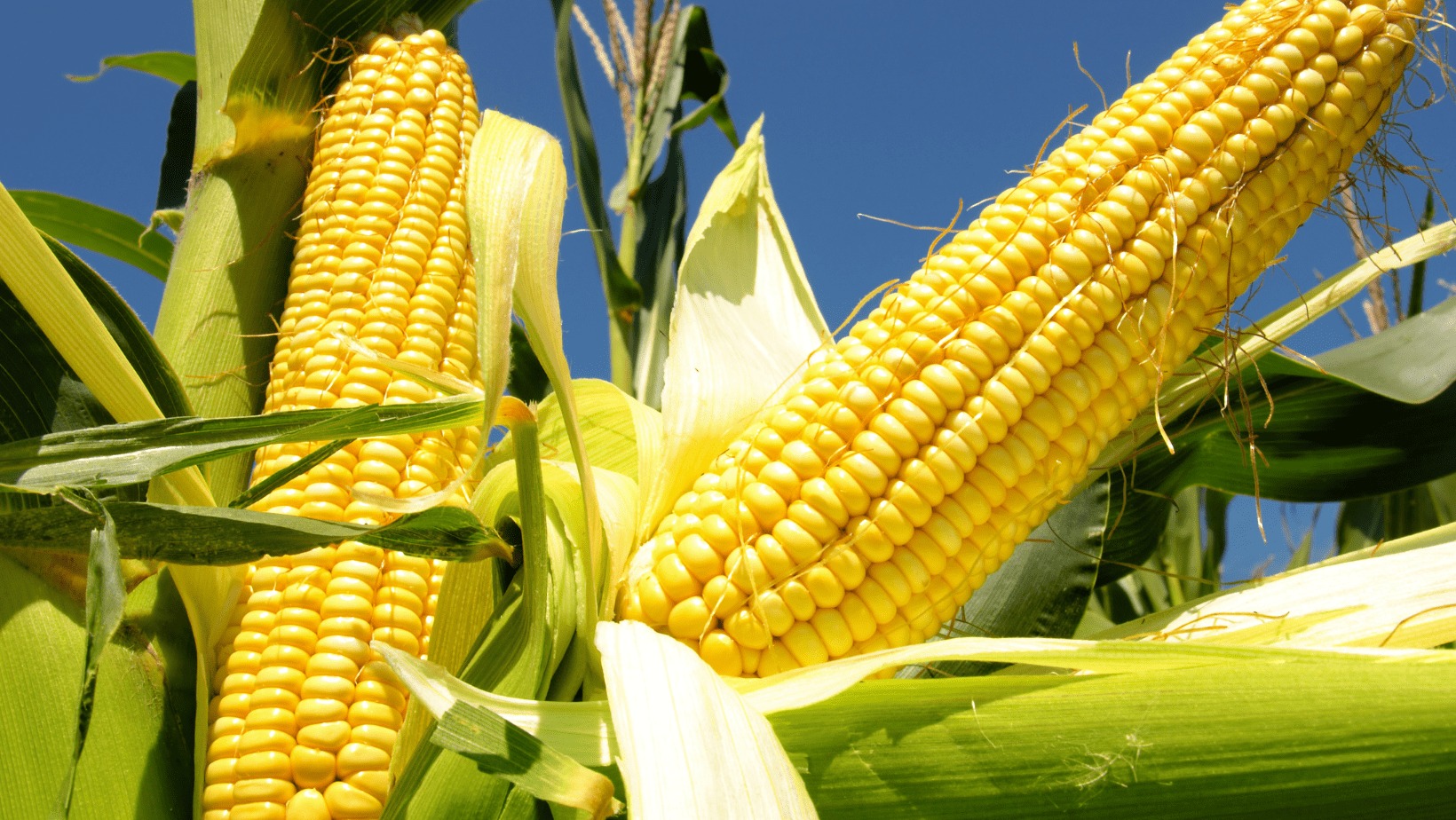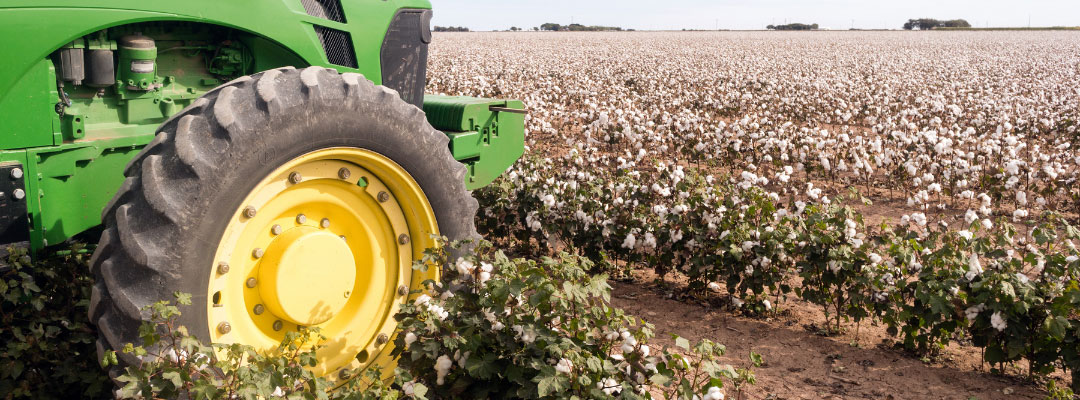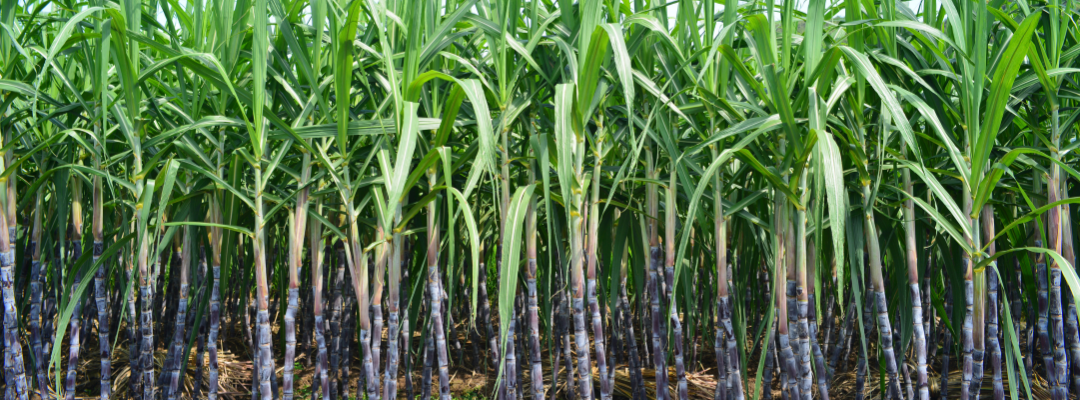December 2024 corn futures declined 10% from October 5, 2023, to April 9, 2024 ($5.20/bu to $4.68/bu; Figure 1). As expected over the same period, call option premiums have declined and put option premiums have increased. For example, on October 20th, a $5.50 call option traded for 32 cents/bu and a $4.20 put option traded for 8 cents/bu (Figure 1). On April 9th, put and call option premiums, for those same strike prices, traded for 12 cents per bushel. The change in December corn options premiums indicates the markets have factored in less upside potential and slightly more downside risk in December 2024 corn futures than six months ago. Part of the change can be attributed to markets digesting additional information over the past six months, such as South American corn production, U.S. planted acreage estimates, export sales, and projected United States (US) and global corn carryover into next year (USDA WASDE Report).
Figure 1. December Corn $5.50 Call and $4.20 Put Option Premiums and Daily Futures Contract Close, October 5, 2023- April 9, 2024

The change in call and put option premiums over the past six months indicates the importance of timing when looking at implementing a price risk management strategy. Figure 2 shows scenarios for a hypothetical strategy of fencing in a corn futures price using the sale of a $5.50 call option and the purchase of a $4.20 put option at different points in time (approximately 30-day increments). The difference in the seven lines in Figure 2 is the change in the price of the sold call option premium and the price of the purchased put option premium. The strike prices for both the call and put options do not change; only the net premium received changes (the premium collected from selling the call option less the premium paid for the put). For example, on October 9th the $5.50 call option could have been sold for 30 cents/bu and the $4.20 put option purchased for 8 cents/bu. This would have resulted in a net premium gain of 22 cents/bu, shifting the fenced in futures price to $4.42 to $5.72 (Figure 2). On April 9th, a call option could have been sold for 12 cents/bu and a put option purchased for 12 cents/bu, resulting in a net premium of 0 cents/bu, setting the fenced in futures price at the put and call strike prices of $4.20 and $5.50. This example illustrates the importance of timing when executing an option strategy to mitigate futures price risk. It is important to note that this example does not consider the increased risk of entering the strategy on October 9th versus on April 9th when more information is known about the December corn futures underlying fundamentals and associated price direction.
This article is for information and education purposes and does not constitute a trading recommendation.
Figure 2. A December Corn Futures Fence Example: Selling a $5.50 Call Option and Purchasing a $4.20 Put Option at Seven Points in Time from October 5, 2023, to April 9, 2024.

References
Barchart.com. December Corn Futures Contract Close. Accessed at: https://www.barchart.com/futures/quotes/ZCZ24/price-history/historical
Barchart.com. December Corn Options Prices, Option Price History. Accessed at: https://www.barchart.com/futures/quotes/ZCZ24/options?futuresOptionsView=split
USDA World Agricultural Supply and Demand Estimates (WASDE). Accessed at https://www.usda.gov/oce/commodity/wasde
Smith, Aaron. “December 2024 Corn Option Premium Movement from October 2023 to April 2024.” Southern Ag Today 4(16.1). April 15, 2024. Permalink












